I got some time to do this test just to see if my theory is correct. I believe cap locks shoot harder or let's say with more velocity than a flintlock does. All things being equal. But that is a predicament isn't it? All things being equal? So for this test this is two of my closely matched muzzle loaders.
Both are 45 cal and both have the stock from the factory, 28 inch, TC barrel, 1/48 ROT. We are going to admit right up front this is a random average sample that any one of you may encounter in your own guns. Of course we could do this on many more guns and get a more accurate result but for now this is the situation I used.
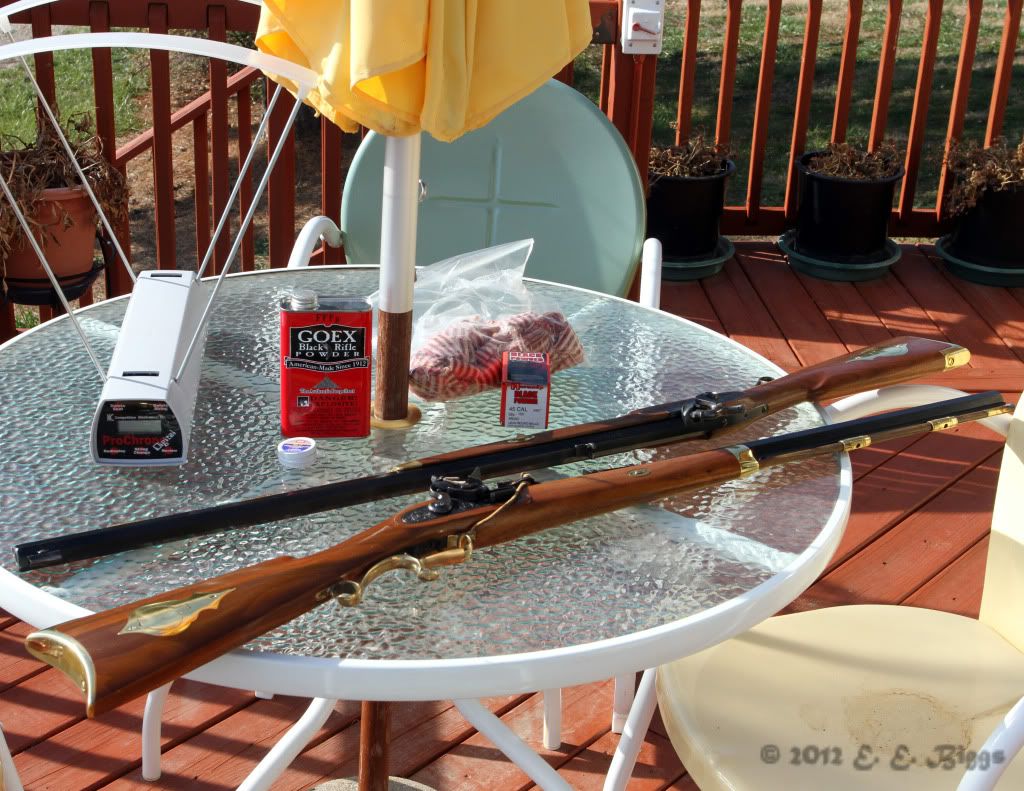
If you don't agree with that assumption STOP reading now. For the rest of you, here goes!

3F GOEX, same can, in each gun using 70 grs from a common brass powder measure no special attention to hair splitting accuracy just the way you would do it if you were target shooting or hunting.
The cap gun used CCI regular caps and the flint used a Pierce flint. The flint gun was primed form the same can of GOEX.
Both guns used Walmart pillow ticking patch material cut at the muzzle lubed with olive oil.
Both use Hornady .440 RB's from the same box.
Neither gun was swabbed and was shot from 20 feet in front of the ProChrono chronograph.
Each gun did two, 5 shot strings. Than the figures were averaged.
Cap gun average was 1762 fps.
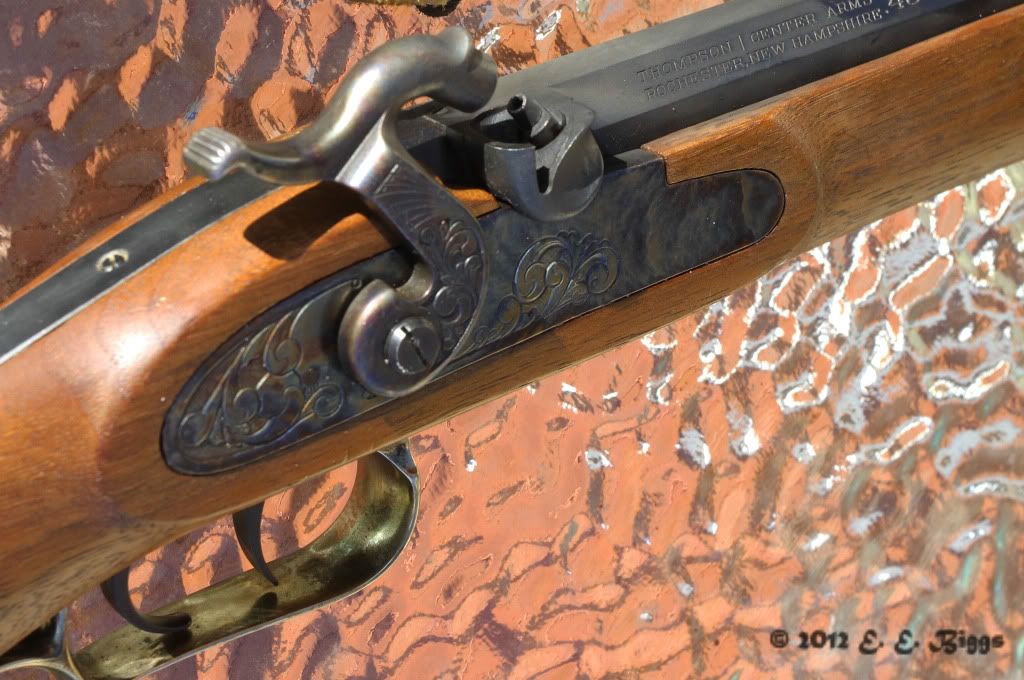
Flint gun average was 1717 fps But the hole in a flintlock is larger than then nipple hole is. In this case the touch hole is a 070.
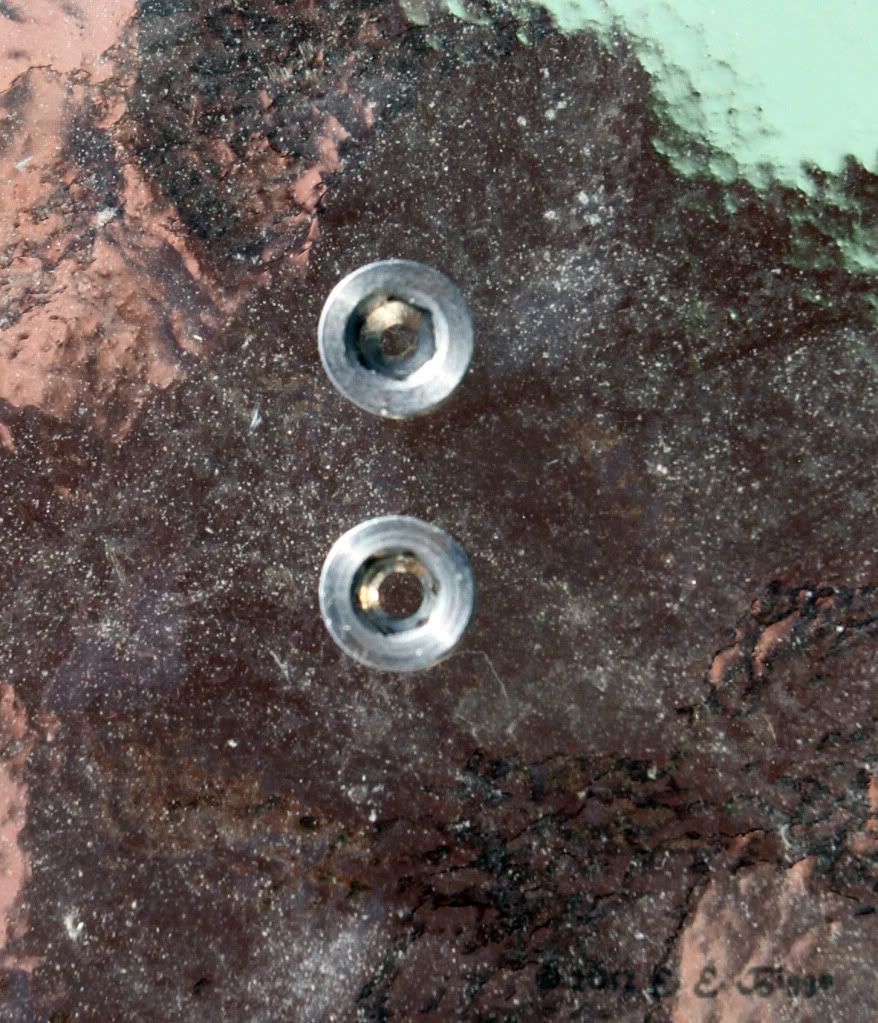
What does it do if the touch hole was 078 (5/64th) like some here use? Well here it is, 1712 fps.
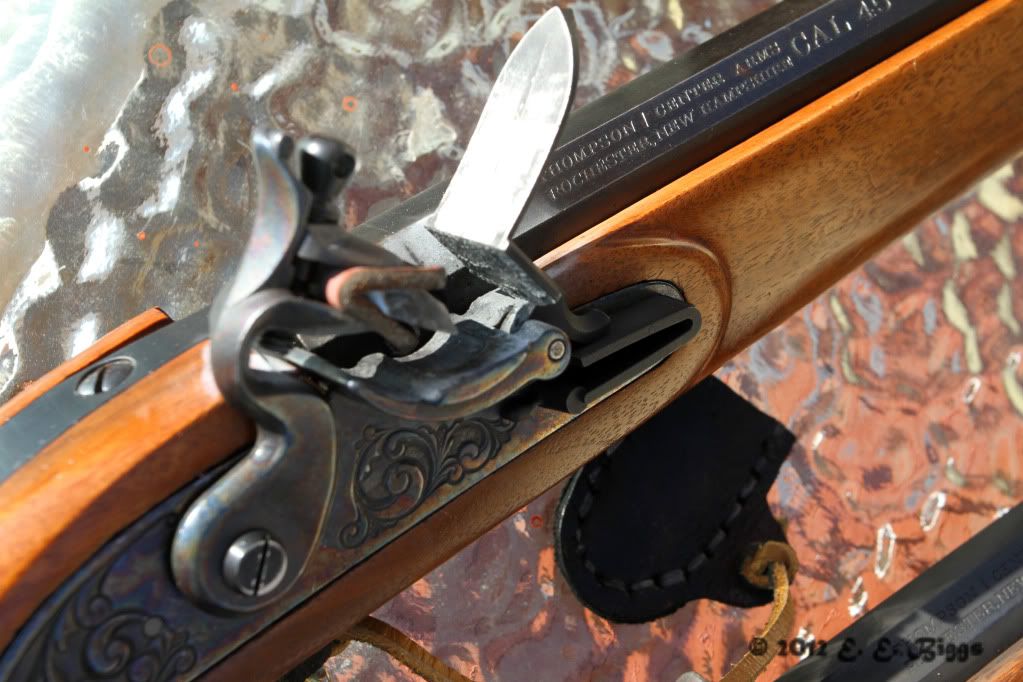
It seems a cap lock is 40 to 50 fps faster than a similar flint gun is.
One thing that I don't know why, or a reason for, is the cap lock had a wider range between the highest velocity and it's lowest velocity. Not by much but both times the flint gun was closer in it's high and low.
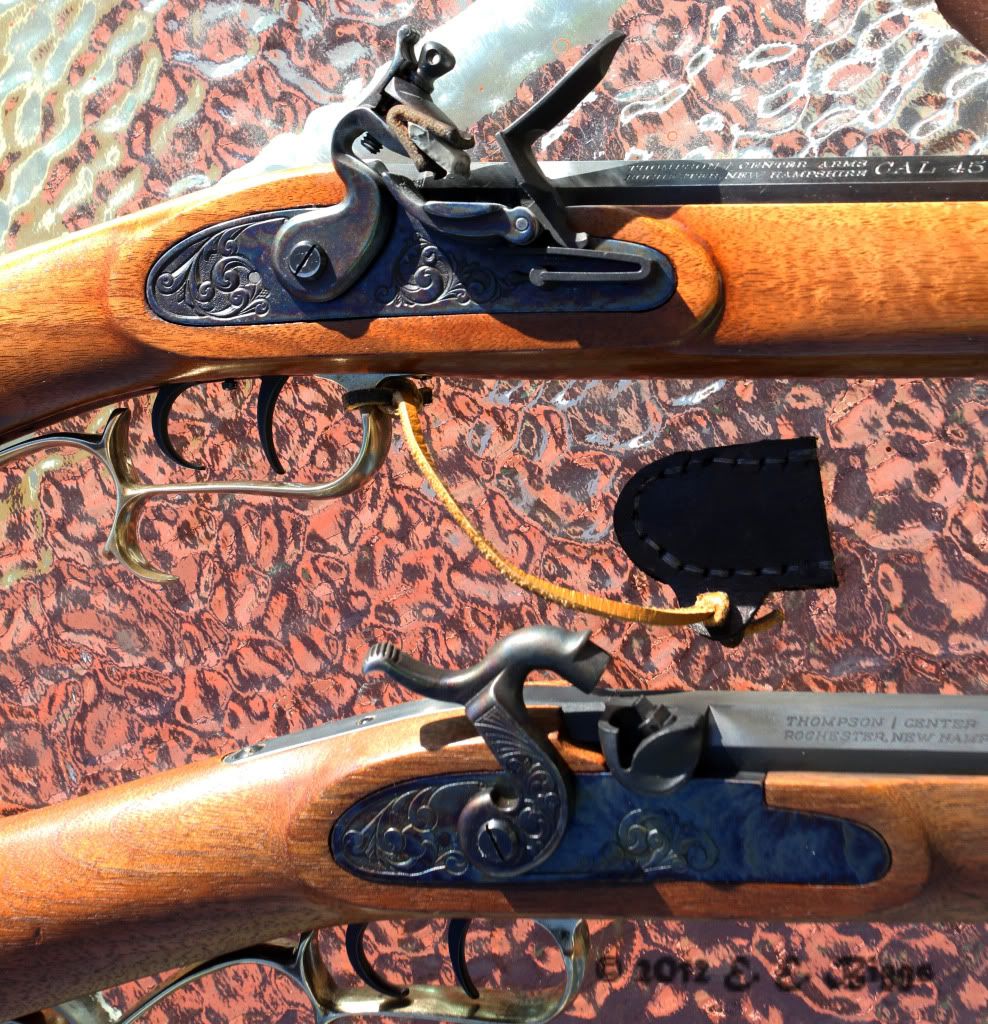
Another thought crossed my mind about Pyrodex. I normally use Pyrodex when I shoot cap guns and GOEX in my flint guns. So how much, if any, would it improve the velocity in a cap gun using Pyrodex? :hmm:
Maybe a Pyrodex vs GOEX experiment?
Both are 45 cal and both have the stock from the factory, 28 inch, TC barrel, 1/48 ROT. We are going to admit right up front this is a random average sample that any one of you may encounter in your own guns. Of course we could do this on many more guns and get a more accurate result but for now this is the situation I used.

If you don't agree with that assumption STOP reading now. For the rest of you, here goes!

3F GOEX, same can, in each gun using 70 grs from a common brass powder measure no special attention to hair splitting accuracy just the way you would do it if you were target shooting or hunting.
The cap gun used CCI regular caps and the flint used a Pierce flint. The flint gun was primed form the same can of GOEX.
Both guns used Walmart pillow ticking patch material cut at the muzzle lubed with olive oil.
Both use Hornady .440 RB's from the same box.
Neither gun was swabbed and was shot from 20 feet in front of the ProChrono chronograph.
Each gun did two, 5 shot strings. Than the figures were averaged.
Cap gun average was 1762 fps.

Flint gun average was 1717 fps But the hole in a flintlock is larger than then nipple hole is. In this case the touch hole is a 070.

What does it do if the touch hole was 078 (5/64th) like some here use? Well here it is, 1712 fps.

It seems a cap lock is 40 to 50 fps faster than a similar flint gun is.
One thing that I don't know why, or a reason for, is the cap lock had a wider range between the highest velocity and it's lowest velocity. Not by much but both times the flint gun was closer in it's high and low.

Another thought crossed my mind about Pyrodex. I normally use Pyrodex when I shoot cap guns and GOEX in my flint guns. So how much, if any, would it improve the velocity in a cap gun using Pyrodex? :hmm:
Maybe a Pyrodex vs GOEX experiment?




